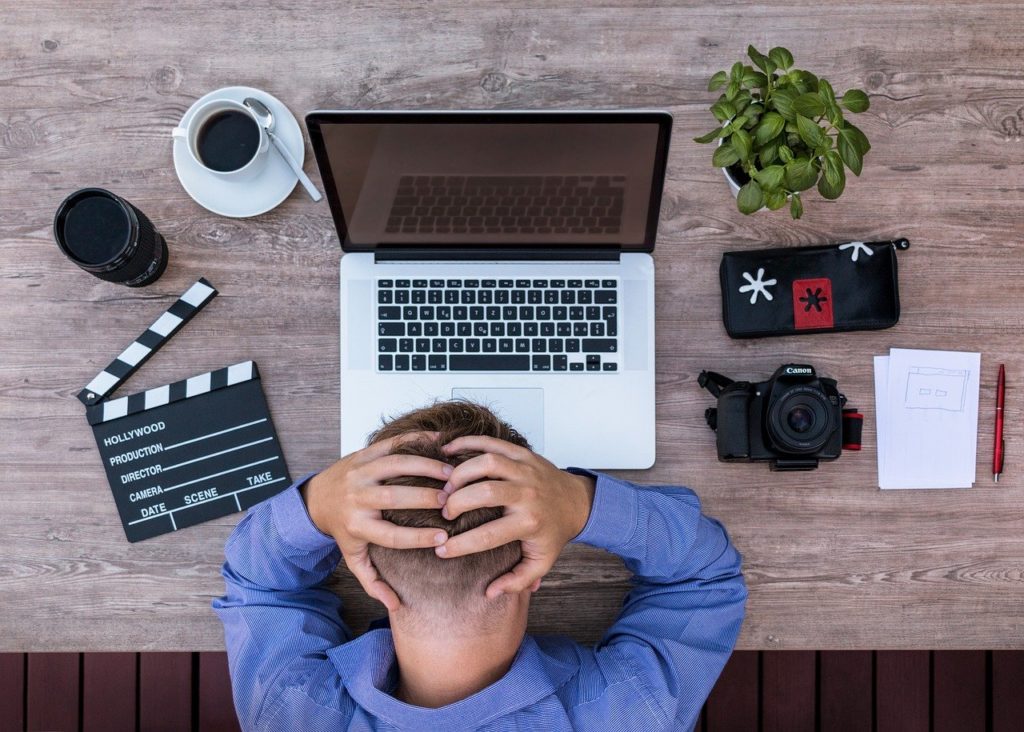All opinions are mine and mine alone
6 Simple Ways to Deal with Eye Strain at Work
Eye strain is a prevalent problem for people who spend long periods staring at screens in the office. This can lead to blurred vision and headaches, among other symptoms. Luckily, there are many simple ways you can reduce or eliminate eye strain, such as using your computer more than necessary. In this blog post, we will discuss 6 easy steps that you can take to relieve some of the pressure on your eyes while at work.

Change your lighting
The lighting in your office should be bright enough to see what you are working on, but not so much that it is causing eye strain. Ensure there is adequate light around the desk, and try using a lamp rather than overhead lights. If adjusting the brightness of just one area doesn’t solve the problem, then consider changing out all of the bulbs in the office. It is also important to be mindful of the blue light emitted from devices such as computers and mobiles. This light can cause eye strain, but you can also use blue light glasses for women to avoid it.
Adjust your computer screen
Your computer monitor should be adjusted to the point where you can see everything clearly without having to move your head too much. If there is any glare on the screen, use a screen protector or change your light bulbs.
Also, make sure you are not sitting too close to the screen, and follow the 20-20-20 rule. Even if your surrounding environment is bright, spending long periods staring at a computer screen can cause eye strain, so take a break every 20 minutes and stare at an object that is about 20 feet away for about 20 seconds.
Increase your font size
If you have to spend a lot of time at the computer, then it is also important to pay attention to the font size. It can be easy to get used to small fonts, and you may not even realize your eyes are straining until you make a change. Increasing the text size on your computer screen, so give this a try. It is also smart to make use of a separate monitor if you use your laptop as this will allow a bigger surface area, making things easier to read. Before you know it, you will develop better habits after getting used to working with larger fonts.
Take frequent breaks
Taking frequent breaks is an important part of reducing eye strain because your eyes need a chance to rest. Taking breaks often can help keep your eyes sharper and more focused while at work, so try taking a break for every 30 minutes of screen time. You can also take regular quick walks around the office. This will alleviate symptoms that come with sitting in one position for too long. Also, make sure you are focusing more attention on your eyes by getting regular eye checkups at the optometrist’s office.
Try prescription glasses
Although this may not be an option for everyone, it is certainly worth looking into if your eye problems persist. If you are experiencing blurry vision or headaches, then you can talk to your optometrist about trying prescription glasses.
It might also be wise to book an eye exam if you are frequently suffering from eye strain. Our eyes change over the course of our lives, and eye problems can occur at any point. Many people have different pairs of glasses for work and for at home, as they require different prescriptions; having an eye exam will help prove whether or not this will benefit you. Eye exams are quick and painless, even more so as the technology used during eye tests becomes better.
Conclusion
Most people will experience eye strain at some point in their lives, but these tips can help reduce the problem while working at the computer. In most cases, keeping things bright, using bigger fonts, and taking frequent breaks is all it takes to get your eyes feeling fresh again. If your eye problems persist, then try talking to a professional about any other eye conditions you may have. You can try some of these suggestions and see what works best for you.
Remember, these suggestions are not substitutions for regular optometrist visits.



Speak Your Mind